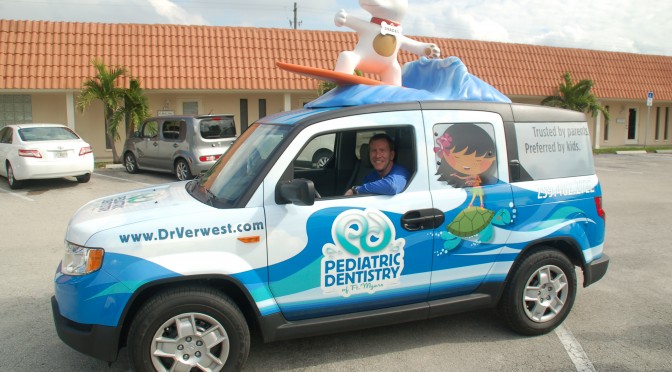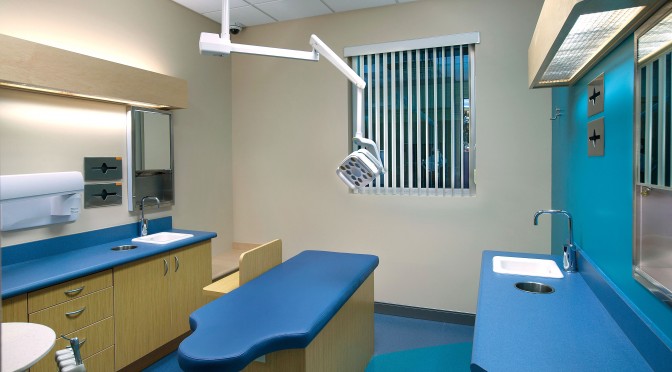5 Benefits of Visiting a Pediatric Dentist
The Difference Let’s face it – for some in past years visiting the dentist wasn’t the most fairy tale experience. Put your mind to[…]

Local Dentist Recognized as America’s Best Dentist for 2016
The National Consumer Advisory Board has named Pediatric Dentistry of Ft. Myers, Dr. Tim M. Verwest, DMD one of America’s Best Dentist for 2016. Selections[…]
Holiday sweets can be tough on teeth
The winter holidays are known for sweet treats and tempting goodies, but that doesn’t mean that you have to end up at the dentist with[…]
Common Dental Health Questions
Are dental x-rays safe? Exposure to any source of radiation isn’t ideal, but fortunately the dose of radiation you get from taking x-rays is extremely[…]

Top 10 Myths About Children’s Teeth
Baby teeth aren’t important. They’re just going to fall out anyway. It is true that none of your child’s 20 baby teeth will survive into their teenage[…]
5 Common Dental Problems for Kids
Baby Bottle Tooth Decay Also called early childhood caries, nursing caries, or Nursing Bottle Syndrome, Baby Bottle Tooth Decay is a result of a baby’s[…]
How Does a Pacifier Affect My Baby’s Teeth?
Almost all children suck on their fingers or a pacifier. And if you have one of those kids that can’t seem to calm down for[…]
6 Long Term Health Effects of Poor Oral Hygiene
People generally agree that good oral hygiene is essential to overall good health. But do you know why? Unfortunately, many of us don’t. We know there[…]

7 Reasons You and Your Child Should Get Your Teeth Cleaned
It’s hard to get to the dentist. There’s no doubt about that. And without any noticeable pain or discomfort, it’s easy to keep putting it[…]
Teaching Your Child To Floss
Let’s face it – as adults, we generally don’t floss, despite the constant nagging from our dentists and the guilt-ridden, embarrassed responses we’re forced to[…]
